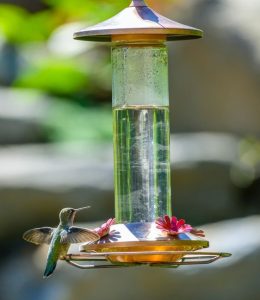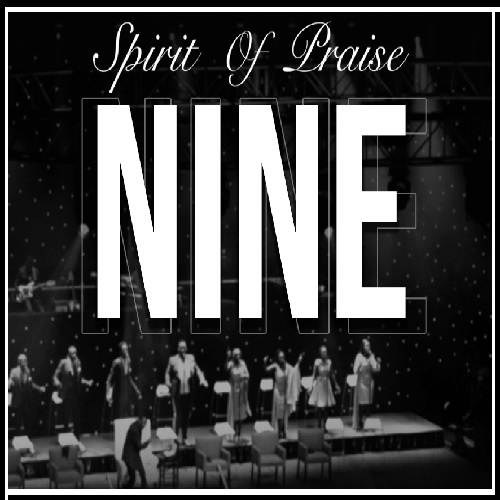
Hummingbirds expend substantial energy flying in varied directions, flapping their wings up to 70 times per second. Nectar serves as their primary source of energy, making the provision of homemade nectar a delightful experience for both the birds and yourself. There’s no need to rush to a pet store or order nectar powder online. Crafting homemade hummingbird nectar ensures a product free from artificial dyes, preservatives, chemical pesticides, herbicides, fluoride, chlorine, added vitamins, or unnecessary nutritional supplements. All you require is filtered, distilled, or spring water, readily available at grocery stores, and organic sugar from your pantry.
Before starting, it’s crucial to consider the sugar type for the nectar recipe. Natural flower nectar contains a range of vital elements such as amino acids, antioxidants, fats, proteins, minerals, and aromatic compounds essential for hummingbird growth and metabolism. Opt for organic and/or GMO-free sugar. Avoid artificial sweeteners, honey (which may contain pathogens), molasses (high in iron), stevia, and commercial nectar powders with potentially harmful additives. Although “raw sugar” contains trace molasses, its sucrose content outweighs these traces. However, some discussions suggest that even minimal iron amounts might not be ideal for hummingbirds, hence opting for organic white sugar is advisable. Maintain a balanced sugar-water ratio to entice hummingbirds without hastening liquid fermentation, preventing feeder blockage. The recommended four-to-one ratio of water to sugar closely resembles natural nectar.
Here’s what you’ll need
Glass jar or cup
2 cups filtered, distilled, or spring water
1/2 cup organic sugar
Instructions
1. Mix Ingredients: Combine water and sugar in a glass jar or cup without boiling the water beforehand. Stir until sugar dissolves, ensuring a colorless nectar without any dyes. Hummingbirds are attracted to flower colors, not nectar hues.
2. Fill the Hummingbird Feeder: Pour the mixture into clean hummingbird feeders, ideally placing two to meet the birds’ protective nature over nectar supplies.
3. Store Unused Nectar: Store unused nectar in the refrigerator within a sealed glass jar, avoiding freezing. Given its propensity to spoil after a week, create small batches frequently to prevent spoilage.
4. Maintain the Feeder: Change the nectar weekly or sooner if it becomes cloudy due to fermentation. In temperatures exceeding 90 degrees F, sugar water can spoil within two days. Clean the feeder with hot water and a bottle brush.
5. Create a Hummingbird-Friendly Environment: To attract hummingbirds, offer more than just sugar water. Most of their diet comprises insects, tree sap, pollen, fruit juice, and mineral salts. Plant pesticide-free native flowers like bee balm, salvia, or cardinal flower near the feeder, providing a diverse diet. Avoid hybridized plants and create an environment rich in natural food sources to attract and sustain hummingbirds in your yard.






